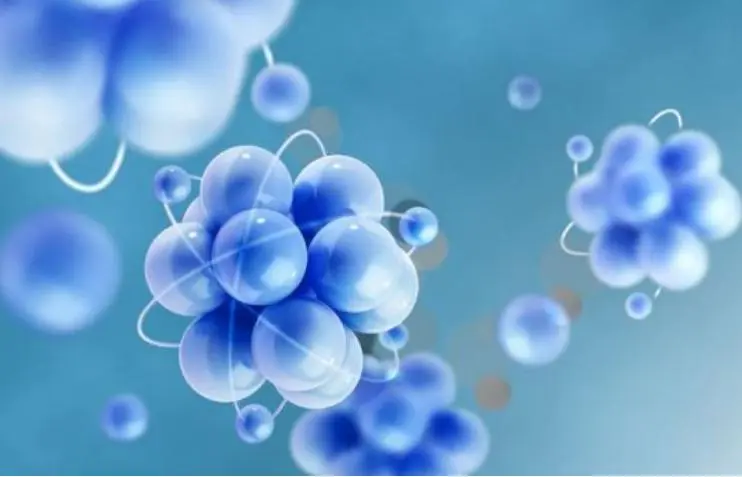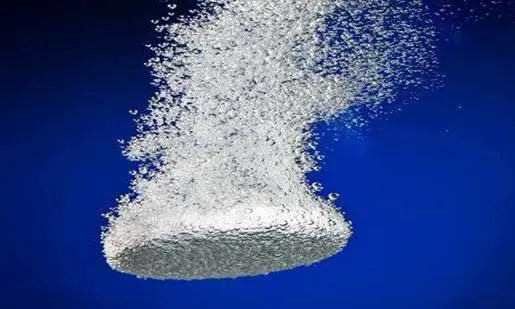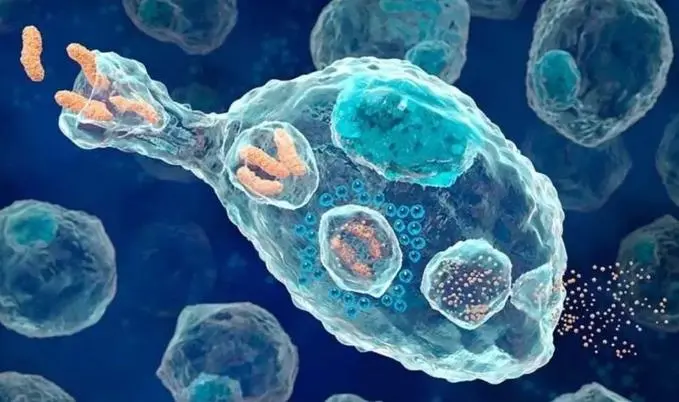Bioactive Peptides: Small Molecules Help Big Health Industry
Release time:
2024-09-13
Recently, the research team of Ma Shengjun, associate professor of Xinjiang Agricultural University, extracted bioactive peptides from the perennial herbaceous plant Polygala multiflora, and initially confirmed its antioxidant potential.
Recently, the research team of Ma Shengjun, associate professor of Xinjiang Agricultural University, extracted bioactive peptides from the perennial herbaceous plant Polygala multiflora, and initially confirmed its antioxidant potential. Related research papers published online in the Journal of Microchemistry.
Among the bioactive components of traditional natural products in China, bioactive peptides are small amino acid fragments that are beneficial to human health, which are produced by enzymatic hydrolysis of proteins in vivo or in vitro. In recent years, bioactive peptides have gradually become an indispensable raw material for the development of the health industry, and are widely used in health food, functional food and other fields.
Bioactive peptides are wrapped "encrypted"
Peptides are two or more amino acid compounds linked by peptide bonds, and are intermediate substances between amino acids and proteins. It is not only the functional and structural fragment of the protein, but also the active gene part of the protein. Peptides are commonly referred to as amino acid chains, with molecular weights ranging from 50 to 5000. Peptides with a molecular weight segment between 50 and 2000 are called small molecule active polypeptides, and are also collectively referred to as biologically active peptides.
The small molecule bioactive components of traditional natural products in China, such as glycosides, flavonoids, alkaloids, etc., have been widely studied and used in the pharmaceutical and health care industry. However, among the bioactive components, bioactive peptides are a natural treasure trove that has not yet been fully explored.
According to Zhang Yanyan, a graduate student of Xinjiang Agricultural University, bioactive peptides can be divided into exogenous bioactive peptides and endogenous bioactive peptides according to different sources. Exogenous bioactive peptides refer to bioactive peptides outside the human body, that is, natural bioactive peptides existing in natural animals, plants and microorganisms, and bioactive peptides produced by degradation of animal and plant proteins. Endogenous bioactive peptides are biologically active peptides produced by enzymatic hydrolysis in the human body and present in the human body, such as hormone peptides such as insulin and adrenocorticotropic hormone, and neuropeptides such as endorphins and enkephalins in the human body.
According to the different effects of bioactive peptides on the body, their functions can be roughly divided into antioxidant peptides, antihypertensive peptides, anti-inflammatory peptides, anti-cancer peptides, hypoglycemic peptides, hypolipidemic peptides, antibacterial peptides, anti-fatigue peptides, immunomodulatory peptides, muscle synthesis and performance enhancement peptides and antifungal peptides. These bioactive peptides play an important role in maintaining and restoring the health of the body.
Although nature contains biologically active peptides with rich functions, they are often "encrypted" in the complex spatial structure of proteins and cannot play a role. Through the enzymatic reaction, the macromolecular protein decomposition, can open the "encrypted" treasure house.
There are two "keys" to open the treasure house"
Ma Shengjun believes that obtaining bioactive peptides from plant resources will become a development trend. Because compared with animal resources, plant resources are more abundant and have the advantages of highly renewable and lower cost.
At present, the methods of opening the treasure house of bioactive peptides are mainly divided into two kinds-enzymatic hydrolysis and solvent extraction. Enzymatic hydrolysis is the most commonly used method, and its principle is to decompose natural animals, plants and microorganisms by protease, and release bioactive peptides from the parent protein. Solvent extraction method is based on the principle of similar polarity solubility, extraction of natural animals and plants and microorganisms in the presence of bioactive peptides.
Due to the low content of bioactive peptides in Chinese herbal medicine plants, it is difficult to extract high-purity bioactive peptides, so the solvent extraction method is not suitable for the preparation of bioactive peptides from plants.
After the bioactive peptide is prepared, it is also separated to obtain the bioactive peptide with higher purity. At present, the commonly used separation methods include membrane separation, gel filtration chromatography, ion exchange chromatography and reversed-phase high performance liquid chromatography. After preparation and isolation of biologically active peptides, specific amino acid sequences need to be identified and characterized to further confirm their functionality.
Ma Shengjun introduced that mass spectrometry is currently the most commonly used and most effective method for identifying bioactive peptides. The basic principle is to determine the mass and sequence of bioactive peptides by measuring the mass-to-charge ratio of bioactive peptides. Commonly used methods include matrix-assisted laser desorption/ionization time-of-flight mass spectrometry and electrospray mass spectrometry.
Broad application prospects in many fields
Ma Shengjun believes that bioactive peptides have a wide range of applications, and the most important applications are functional foods, dietary supplements, drugs and health products. Since bioactive peptides have a variety of biological activities, they can be added to foods and beverages as functional ingredients.
"We can also use it in drugs and health products to treat or prevent various diseases. In addition, bioactive peptides can also be added to cosmetics and skin care products as active ingredients to play antioxidant, anti-wrinkle and moisturizing effects." Ma Shengjun said that bioactive peptides can also be used as food preservatives to prevent microbial contamination and extend the shelf life of food.
Ma Shengjun told reporters that focusing on the broad application prospects in the future, bioactive peptide research can be explored in multiple directions, including optimizing preparation technology to improve the speed and accuracy of bioactive peptide preparation, and establishing a high-resolution multi-dimensional separation system based on peptide segments. Wait. In addition, it is necessary to continuously improve and expand the database of Chinese herbal medicine plant proteins, promote sequence-tagged peptide identification methods, and further study the functional mechanism of bioactive peptides.
"In the future, with the continuous research on the relationship between the structure of bioactive peptides and their activities, it will no longer be difficult to directly produce bioactive peptides with multiple functions through chemical synthesis." Ma Shengjun said.
Link
Multi-flower Polygonatum antioxidant "password"
Recently, Zhang Yanyan, a graduate student of Xinjiang Agricultural University, under the joint guidance of Ma Shengjun, associate professor of Xinjiang Agricultural University, and Cai Wei, professor of the School of Pharmacy of Hunan Medical University, completed the identification and functional analysis of bioactive peptides of Polygalum multiflorum.
Polygala multiflora is a kind of medicine and food homologous perennial herb, which has the effect of treating respiratory diseases and regulating immune function. Zhang Yanyan introduced that they used a combination of database search and de novo sequencing to identify a total of 2571 bioactive peptides and 2122 crude protein peptides from Polygala multiflora. By comparing the differences in the overall physical properties of crude protein peptides and bioactive peptides, and predicting their antioxidant potential, this study provides a theoretical support for further optimizing the preparation of antioxidant peptides.
"Through years of continuous research, we have found that Chinese herbal medicine plants contain rich bioactive peptides." Ma Shengjun said that at present, they have selected licorice and wolfberry widely planted in Xinjiang as the research object, taking bioactive peptides as the starting point to further explore the functional value of Chinese herbal medicine plants and help the research and development of bioactive peptide products.
Key words:
You can also learn more about the developments.






